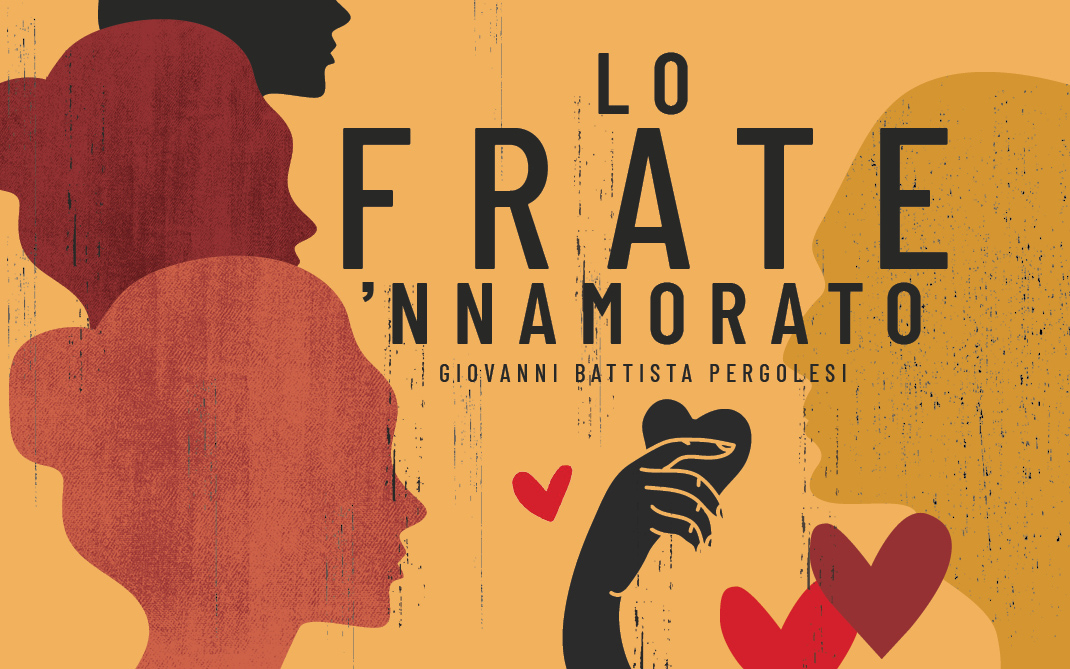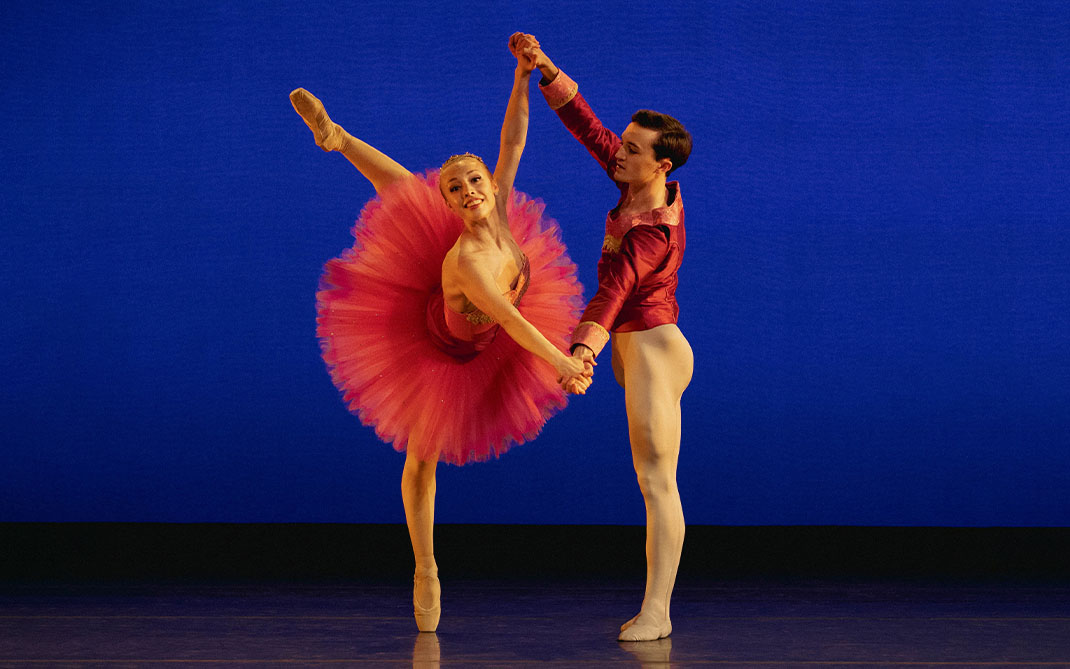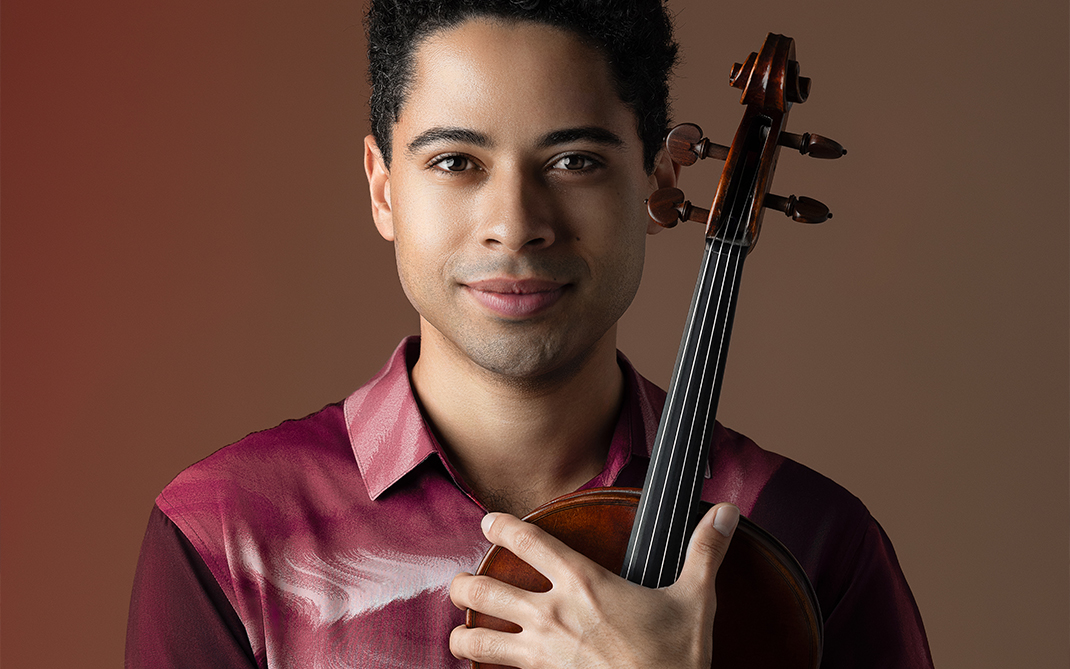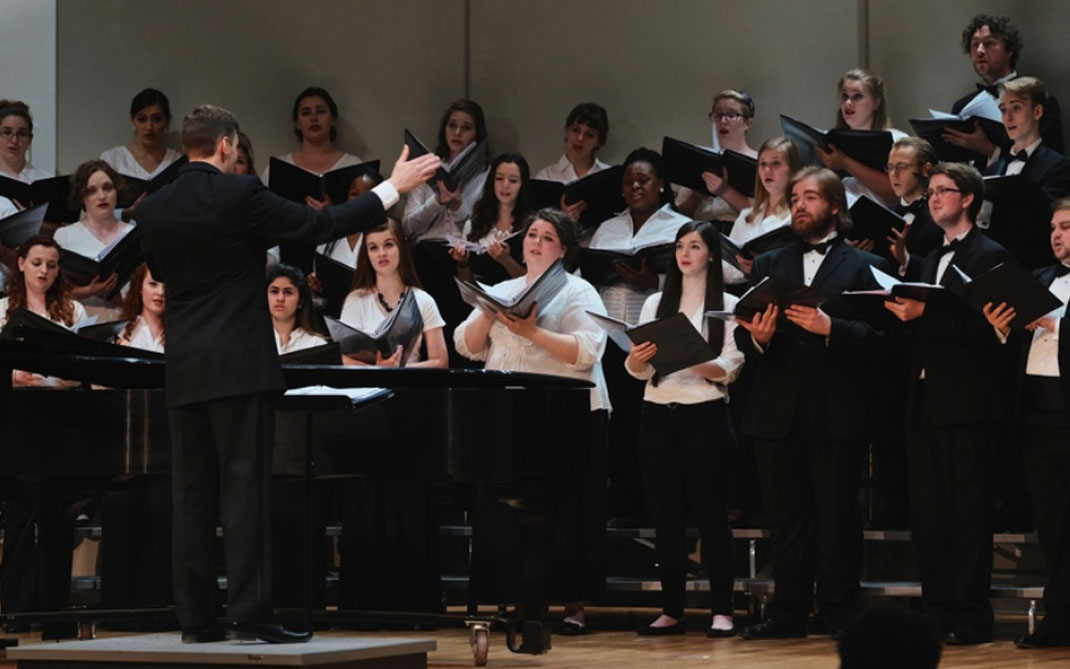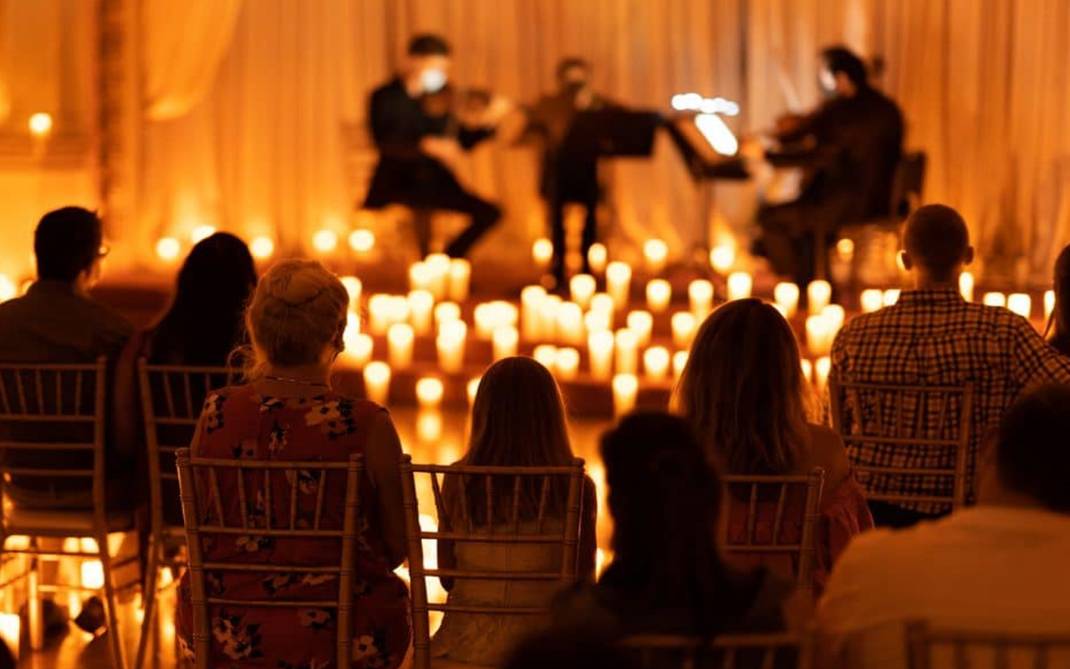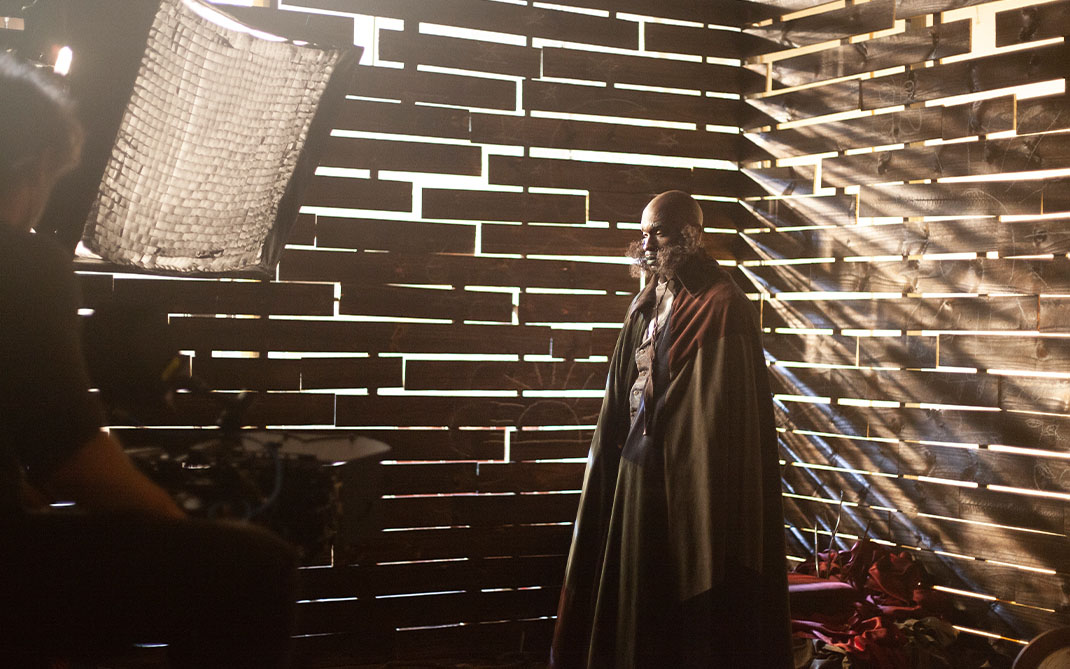Portfolio Requirements
Digital submission of a portfolio is required as part of the application.
Animatronics
Animatronics is a blend of technical and artistic disciplines. The portfolio should show aptitude in at least one half and a willingness to explore the other half. What to consider including in a portfolio for the Animatronics MFA program may include:
- Photographs of completed projects, such as puppets, robotics, props, sculpture, 3D modeling/animation, prosthetics, kinetic art, practical effects, masks, costumes, and animatronics.
- Please include documentation supporting the process for at least one project, including preliminary sketches, drafting, technical drawings, organizational paperwork, mockups/models, progress photos, etc. Include both solo and collaborative projects.
- Any examples of creativity and craftsmanship, such as sketches, illustrations, painting, craft pieces, mold-making, soft goods, woodworking, metalworking, computer or programming work, technical drawings, etc.
Costume Design
The portfolio for the Costume Design MFA program must contain the following:
Portfolio Recording:
- 2-3 minute video responding to the following prompt:
Imagine you are responsible for creating a large number of costumes for a production. The team you manage worked very hard to accomplish these looks. At the first tech-dress rehearsal, the director decides to cut these costumes.
-
- How do you respond to the director's new vision?
- How do you explain this decision to your team?
Portfolio of Work:
- Renderings or costume sketches, photographs or slides of produced costumes, millinery, accessories, demonstrations of patterning, tailoring skills, figure-drawing, work in acrylic, ink, watercolors, etc.
Applicants may contact Costume Design Program Director Bill Brewer if there any questions about what to include in a Costume Design MFA portfolio.
Costume Technology
The portfolio for the Costume Technology MFA program must contain examples of the following:
Portfolio Recording
- 2-3 minute video responding to the following prompt:
Imagine you are responsible for creating a large number of costumes for a production. The team you manage worked very hard to accomplish these looks. At the first tech-dress rehearsal, the director decides to cut these costumes.
-
- How do you respond to the director's new vision?
- How do you explain this decision to your team?
Portfolio of Work
- Renderings or costume sketches, photographs or slides of produced costumes, millinery, accessories, demonstrations of patterning, tailoring skills, figure-drawing, work in acrylic, ink, watercolors, etc.
Applicants may contact Costume Technology Program Director Pamela Knourek if there any questions about what to include in a Costume Technology MFA portfolio.
Production and Project Management
Drawings, budgets, schedules, organizational paperwork that accurately represents your professional work and/or classwork up to the current time. Include any work or description of shows and/or projects where you had control of a segment of, or the entire, production timeline.
Scene Design
Applicants for the Scene Design MFA program are pre-screened. Faculty offers or declines interviews based on the submitted application and required materials.
Sketchbooks and preliminary sketches (faculty is interested in your process), renderings, models or photographs of models, drawings, photographs of realized designs and their related materials-drafting, paint elevations, prop drawings and other non-theatrical artwork demonstrating your visual expression and the exploration of ideas. Artwork can include painting, drawing, illustration, sculpture and fine crafts.
Scenic Art
Applicants for the Scenic Art MFA program are pre-screened. Faculty offers or declines interviews based on the submitted application and required materials.
A portfolio submitted for prescreening may include (but is not limited to) sketchbooks, drawings, paintings, production shots of your work, renderings, sculpture, designs, paint elevations, draftings, examples of soft good skills and other non-theatrical artwork. If granted an interview, additional work may be shared at that time.
Stage Automation
Stage Properties
Sketchbooks, drafting, prop drawings, examples of your painting, scene painting, renderings or designs, woodworking skills or construction, metalworking, mold making, sculpture, soft good skills: sewing or upholstery, as well as items you have built: furniture, masks, puppets, costumes, craft pieces, and examples of craftsmanship.
Sound Design
Technical Direction
Drafting plates, technical drawings, production photographs, and close up construction detail photographs (in‐progress or finished work) to show examples of the quality of your personal craftsmanship. All close up construction detail photos should be under work light, if possible. Photographs may be of sets, props, other types of fabrication projects in and outside of school. Please also include any documentation supporting your project planning, budgeting, and organizational skills. Examples of this can include material break outs for purchasing, schedules for completing the fabrication, and labor assignments.
Wig & Makeup Design
Applicants for the Wig & Makeup Design MFA program are pre-screened. Faculty offers or declines interviews based on the submitted application and required materials. Your portfolio may include:
- Images of realized makeups and hair styling, on yourself or on models. Wig work, including own-hair, and styled, altered, or constructed wigs/hairpieces.
- Prosthetic/FX work, including 2D, 3D, moulage, sculpting, mold-making, and any realized looks/characters.
- Any design work, including sketches, renderings, and realized production images.
- Any examples of creativity and craftsmanship, such as drawing, painting, costuming, props, and ceramics.
